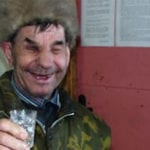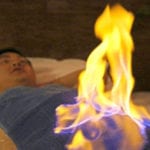 Weird Stuff
Weird Stuff  Weird Stuff
Weird Stuff  Animals
Animals 10 Inspiring Tales of Horses Being Human
 Mysteries
Mysteries Top 10 Haunting Facts About the Ghost Ship MV Alta
 History
History 10 Surprising Stories About the Texas Rangers
 Humans
Humans 10 Philosophers Who Were Driven Mad by Their Own Theories
 Miscellaneous
Miscellaneous 10 Video-Game-Worthy Weapons and Armors from History
 Weird Stuff
Weird Stuff 10 Psychics Who Accurately Predicted Wartime Events
 The Arts
The Arts 10 Pieces of Art Inspired by a Broken Heart
 Health
Health 10 Science Fiction-Sounding New Medical Treatments
 History
History 10 Surprising Facts About the Father of Submarine Warfare
 Weird Stuff
Weird Stuff 10 Times Real Laws Were Based on Bizarre Hypotheticals
 Animals
Animals 10 Inspiring Tales of Horses Being Human
 Mysteries
Mysteries Top 10 Haunting Facts About the Ghost Ship MV Alta
Who's Behind Listverse?

Jamie Frater
Head Editor
Jamie founded Listverse due to an insatiable desire to share fascinating, obscure, and bizarre facts. He has been a guest speaker on numerous national radio and television stations and is a five time published author.
More About Us History
History 10 Surprising Stories About the Texas Rangers
 Humans
Humans 10 Philosophers Who Were Driven Mad by Their Own Theories
 Miscellaneous
Miscellaneous 10 Video-Game-Worthy Weapons and Armors from History
 Weird Stuff
Weird Stuff 10 Psychics Who Accurately Predicted Wartime Events
 The Arts
The Arts 10 Pieces of Art Inspired by a Broken Heart
 Health
Health 10 Science Fiction-Sounding New Medical Treatments
 History
History 10 Surprising Facts About the Father of Submarine Warfare
Top 10 Fascinating Facts About Nicaragua
Nicaragua, or “Nica-wah-wah” if you’re a member of the upper class, is the largest Central American nation. Sandwiched between Honduras to the north and Costa Rica to the south, Nicaragua is known as “the land of lakes and volcanoes.”
Since becoming an independent republic in 1838, the nation has certainly seen its fair share of ups and downs. Volcanoes! Banana Wars! Yankees! Commies! Birthplace of Mick Jagger’s first wife! Nicaragua, everybody!
10 A Lake With 430 Volcanic Islands
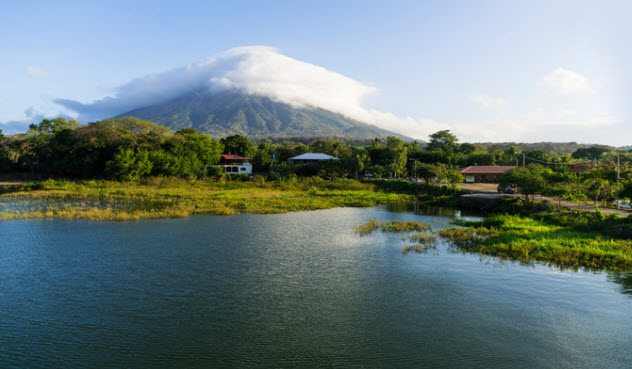
Lake Nicaragua was originally named the “Freshwater Sea” by the explorers who first set eyes on the lake as they thought that they were looking at the ocean. Being intrepid sorts (as you might expect conquistadors to be), they tasted the water. Being highly intelligent, the explorers realized that it wasn’t salt water and declared it a freshwater ocean. Because, of course, they did.
We shouldn’t think too poorly of those early explorers. After all, Lake Nicaragua is no ordinary lake. It is surrounded by (and submerges and laps around) over 400 volcanic islands. The spectacular 1,610-meter-tall (5,282 ft) volcano Concepcion, which last erupted in 1983, and the smaller Maderas volcano form the island of Ometepe there.[1]
The lake is now named after Nicarao, an Indian chief whose people lived on the lake’s shores, with agua being the word for “water” in Spanish. See something, say something. “Hey Pablo, does that look like water to you?” Let’s face it, the conquistadors were pretty dumb.
9 The Blowback Of Imperialism
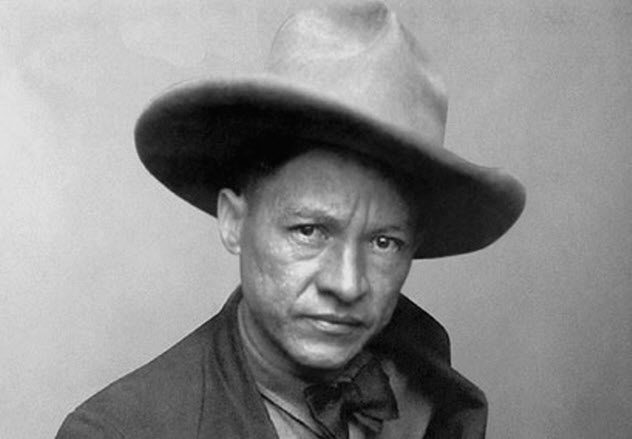
Speaking of dumb imperialist ventures in Central America, we come to the Banana Wars. After US Marines occupied the country in the 1920s and ’30s, Augusto Cesar Sandino led the Nicaraguan resistance. This era of the Banana Wars was particularly brutal, involving puppet presidents, the strafing of civilians with aircraft, and guerrilla jungle fighting.
Sandino declared war on the United States itself. He denounced it as “the enemy of our race” in 1927 following the cessation of hostilities that began with the US-supported coup that elevated Adolfo Diaz to president. The resulting civil war led to a steady funnel of troops from the Yankees and an eventual peace treaty in 1928 that was accepted by all—except Sandino.
Crazy times breed crazy people, and by any measure, Sandino was a few fish short of a cod creole. This was his message:
Nicaragua shall not be the patrimony of Imperialists. I will fight for my cause as long as my heart beats. [ . . . ] If through destiny I should lose, there is in my arsenal five tons of dynamite which I will explode with my own hand. The noise of the cataclysm will be heard [for 400 kilometers (250 mi)]. All who hear will be witness that Sandino is dead. Let it not be permitted that the hands of traitors or invaders shall profane his remains.
When not accidentally inventing Iron Maiden, Sandino attacked the US Marine Corps with machetes and 19th-century rifles. Despite routinely losing (but claiming impossible victories anyway), Sandino rose from the leader of a tiny war band to possessing an army of 3,000 men.
By the time he was assassinated by government troops in 1934, he had effectively forced the US to withdraw troops from his country by making their police action too costly and unpalatable. Where have we heard that one before?
These days, he is a Nicaraguan national hero, and the famous Sandinista political party is named for him.[2]
8 Iran-Contra Began In Nicaragua
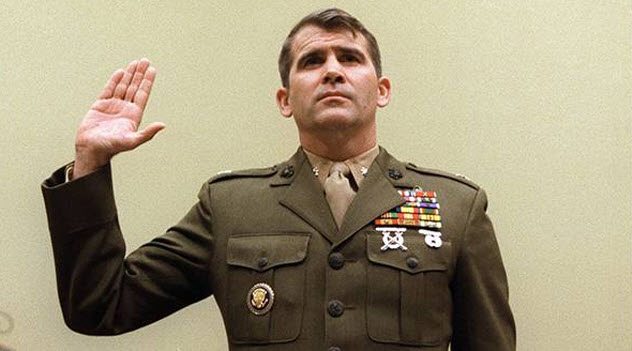
No list on Nicaragua would be complete without a mention of the most awesomely insane cocaine and guns trade of all time. Not having learned the lesson of the previous decades, former US President Ronald Reagan wanted to do a wee bit of nation building. As we all know from our personal lives, the best way to curry favor with people is to sell them drugs and guns.
Why wouldn’t this work on a geopolitical scale? The answer is: It did.[3]
All you have to do is to cozy up to the moderately insane Medellin Cartel, the definitely insane ayatollahs in Iran, and the questionably capable Contras in Nicaragua. Then take a lot of cash and fast planes and start shimmying around cocaine and AK-47s.
The fallout for Nicaragua was an extended war while such fine gentlemen as Oliver North and General Noriega of Panama did their damnedest to overthrow a nation. Happily (well, as happy as the circumstances would allow), North got busted and the Sandinistas were finally defeated at the ballot box instead of with an ammo box. Yay, democracy.
7 And It’s Still Going!
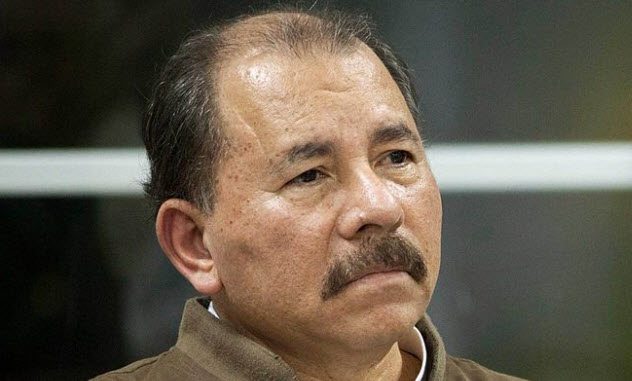
The problem with democracy is that anyone can do it. President Daniel Ortega can do it. That’s why after fending off the Contras in combat and then losing in the election, he was able to get his job back in 2006.
What kind of democracy is that—where people can just be voted in as president against the will of the people? This called for yet another Contra insurgency. You might say they were “The Resistance.”[4]
Although the Contras are a shadow of their former selves without regular deliveries of cocaine and AK-47s from the president of the United States, they have still managed to kill a lot of people. With the table a little less stacked in their favor, counterinsurgents have adopted some fairly radical tactics themselves. In one of the more lurid examples, Contra leaders have been assassinated with bombs in backpacks delivered by courier.
“There are no armed groups in this country,” Julio Cesar Aviles, the army chief, said last year. “I have said it on multiple occasions.”
Julio is wrong.
6 A Rebel President
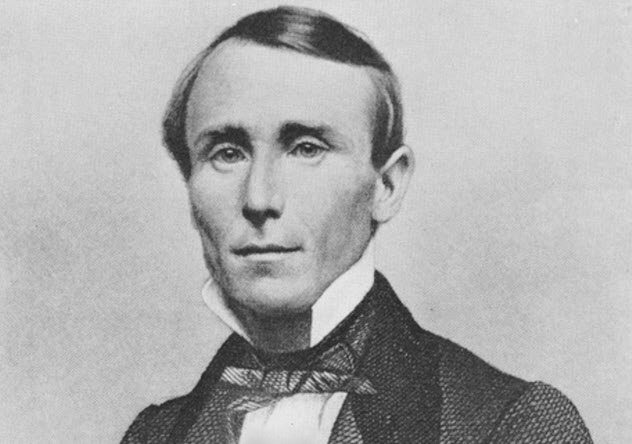
In the modern parlance, filibustering is merely some chap in Congress reading the entirety of Dr. Seuss and then moving on seamlessly to a story about that one time in college where he went to a jazz club. It’s a way to stymie those darned liberals in their ceaseless and unending quest to allow people to practice birth control. Not on the watch of Senator Grumbly McFiveskin (R-AZ) you don’t. You communists will never win.
As American as this definition of the filibuster is, it is not the original. Texas was the result of a filibuster. Cuba almost was. A filibuster was the tactic of American citizens taking over land by force, declaring that region independent from the previous owners, and then having that region join the United States.
Although the US government frowned on the practice in public, it isn’t like they refused California’s application to join. Which brings us to Nicaragua. The man who conquered La Paz, Baha California, with 45 men was a diminutive Tennessee child prodigy by the name of William Walker. Having liberated a bunch of Mexicans at gunpoint so that they, too, could enjoy the benefits of legalized slavery, Walker looked south.[5]
At the time, Nicaragua was embroiled in a civil war between the cities of Granada and Leon and was ripe for the taking. As Leon was losing, Walker quickly convinced them to make him supreme general of their army. The fact that he was backed by well-armed American mercenaries surely helped. After capturing Grenada in 1855, Walker magnanimously gave up his rank of supreme general and declared himself president instead.
His rule brought the imposition of English as the national language and some more legalized slavery. Walker’s reign ended when the Costa Ricans invaded, supported by Guatemala, Honduras, and El Salvador. Knowing Walker’s penchant for just shooting people and taking over their lands, it seemed a reasonable thing to do.
Thankfully, Americans learned their lesson from Walker and never invaded anyone again. (At least until 1858, when marines from the USS Vandalia killed 14 natives and burned 115 huts in retaliation for the murder of two American citizens.)
5 The Americas’ First Woman President
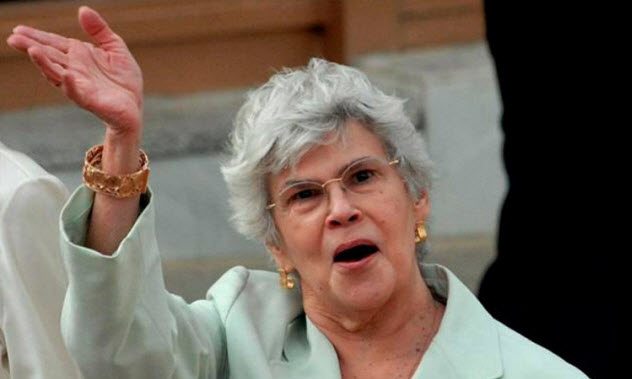
In 1990, Nicaragua elected Violeta Chamorro—the first elected woman president of any democracy on the continent. She was the first female president of any Central American country and served until 1997.[6] It must be noted that she was preceded as an American female head of state by Isabel Peron, but that wasn’t down to the Argentinians having any choice in the matter.
Chamorro was a former Sandinista who defeated President Ortega at the ballot box in 1990. The elections were free, and Chamorro can be credited with bringing a period of reconciliation and peace under her presidency.
She lifted restrictions on the freedom of the press, privatized industries, and worked to reconcile the factions who had spent the previous decade shooting each other. In a rare case of things working out for once, Chamorro left Nicaragua in a far better state than that in which she found it.
4 Safest Country In Central America
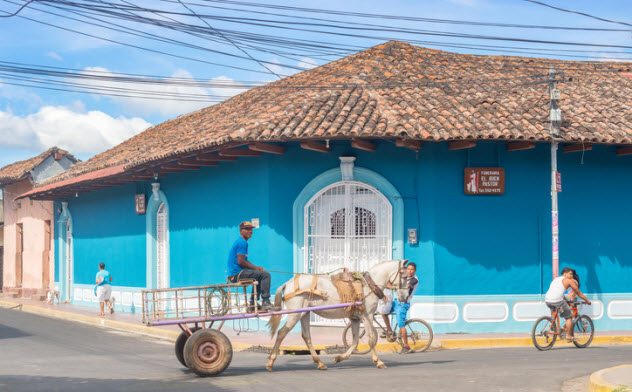
Despite the historical and current armed gangs and uprisings, Nicaragua is the nation with the lowest murder rate in Central America. In fact, Nicaragua is comfortably in the least murderous nations on Earth.[7]
The world’s homicide rate is currently estimated at 8.86 per 100,000. Nicaragua has a murder rate of only 3.4 per 100,000. For context, the US murder rate is 7.1 per 100,000. But in cities where Democrats get in office, we are at 14.8 per 100,000 for Los Angeles, 21.9 for Chicago, 31.7 for Atlanta, 41.8 for Washington, DC, and 43.3 for New Orleans.
Amazing to think that Nicaragua has a low prison population and small military, yet it doesn’t appear to be rife with criminality—and less than 30 years after a civil war. One need only look at the neighboring nations for context. Costa Rica is a popular tourist destination, yet it features far higher crime and murder rates. The perception of Nicaragua as a war-torn nation led by a military junta is woefully off the mark.
3 Lake Nicaragua: Now With Sharks!
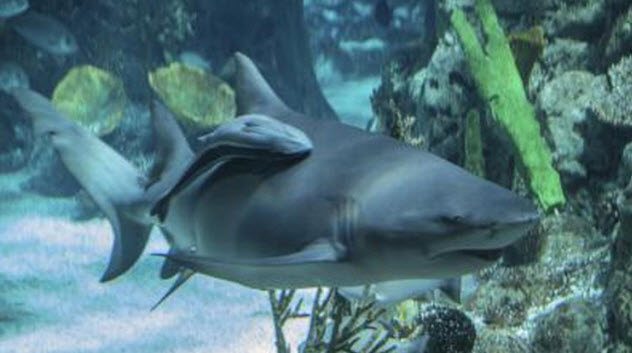
Yes, Lake Nicaragua gets two entries for being so awesome. It’s the only place on Earth where you could conceivably die while fleeing a volcanic eruption by diving into a freshwater lake—only to be eaten by sharks. At 2.4 meters (7.9 ft) long and weighing 130 kilograms (290 lb), the Lake Nicaragua shark was once thought to be the world’s only freshwater shark.
After the discovery that Lake Nicaragua is not landlocked in 1961, it transpired that bull sharks can modify their physiology. By lowering the osmolality (salt concentration) of their blood and by urinating often when in fresh water, the shark can be part of your worst apocalyptic nightmare.[8]
Note: The author of this list hereby reserves the rights to any movies or books involving sharks and volcanoes. Shark-cano. A volcano with sharks in it. Rad. When it erupts, only Casper Van Dien can save the city from lava and sharks. What has science done?
2 A Unique Address
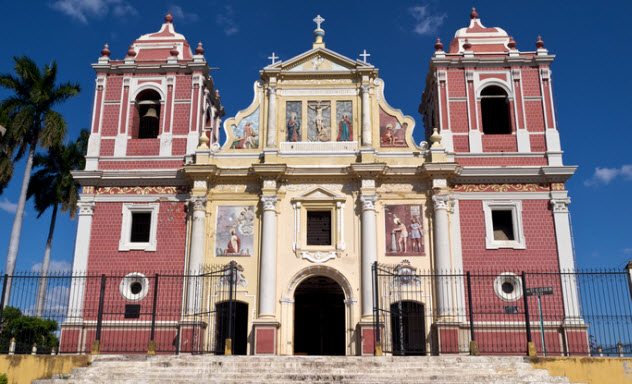
Nicaragua does not use street names. Instead, the addresses are contextual. You wouldn’t live on 1 West Street. You would live on: “From the Calvario Church, one block south, half a block east.” That might not sound too bad until you realize that you don’t know what the Calvario Church looks like (unless you look at the picture above). You also don’t know which way south is.
This is easy mode. Other addresses might be “behind where the opticians were, one block north, two blocks down.” Not only do you need to know where the opticians used to be, you also need to know that Nicaraguans sometimes substitute “up” (arriba) for east and “down” (abajo) for west, all based on the movement of the Sun.
It gets even more complex in smaller towns as you might have directional references to historical local events—where Sr. Morales was found dead, where the bakery burned down, and so on. On the upside, at least when you visit, you will have to brush up on your Spanish and talk to people.[9]
1 The Army Might Murder You And Say You Deal Drugs
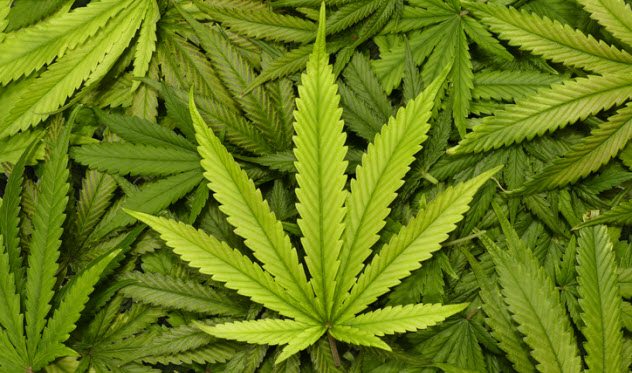
We mentioned the current uprising already, but we should end with highlighting that the state definitely does not have clean hands, either. In November 2017, the army shot to death Francisco Perez Davila (who was the brother of a “re-Contra” leader), his two juvenile sons, and three others on his property.
To all people with reasonable assessment of this situation, it certainly appears that this is a political killing. Davila has been accused of supporting armed insurgents. The army claims that 9 kilograms (20 lb) of cannabis was found at the site and that the dead were “delinquents.”
Whether you have a few bales of sweetleaf around or not, that doesn’t appear to be justification for flat-out assassinating people. The bodies of the deceased were taken away by soldiers and have not been returned at the time of this writing.
Cardinal Leopoldo Brenes, archbishop of Managua, demanded the return of the bodies for burial and said:
The normal thing in the peasantry is that the son, the daughter, brings the food to the father wherever he is, whether he is classified as an uprising in arms or as a criminal, as it is cataloged, but that affiliation, that bond of a son who lives in a very special way in the peasantry cannot be ignored, in such a way that we still do not understand why these children die and we are still waiting for the explanation of the army.[10]
President Ortega had made no public comment 14 days after the slaughter. But he did take time out of his schedule to commemorate the first anniversary of the death of his friend Fidel Castro.
Read more fascinating facts about other countries on Top 10 Fascinating Facts About Laos and Top 10 Fascinating Facts About Kenya.





